Technology
Apple Unknown Facts
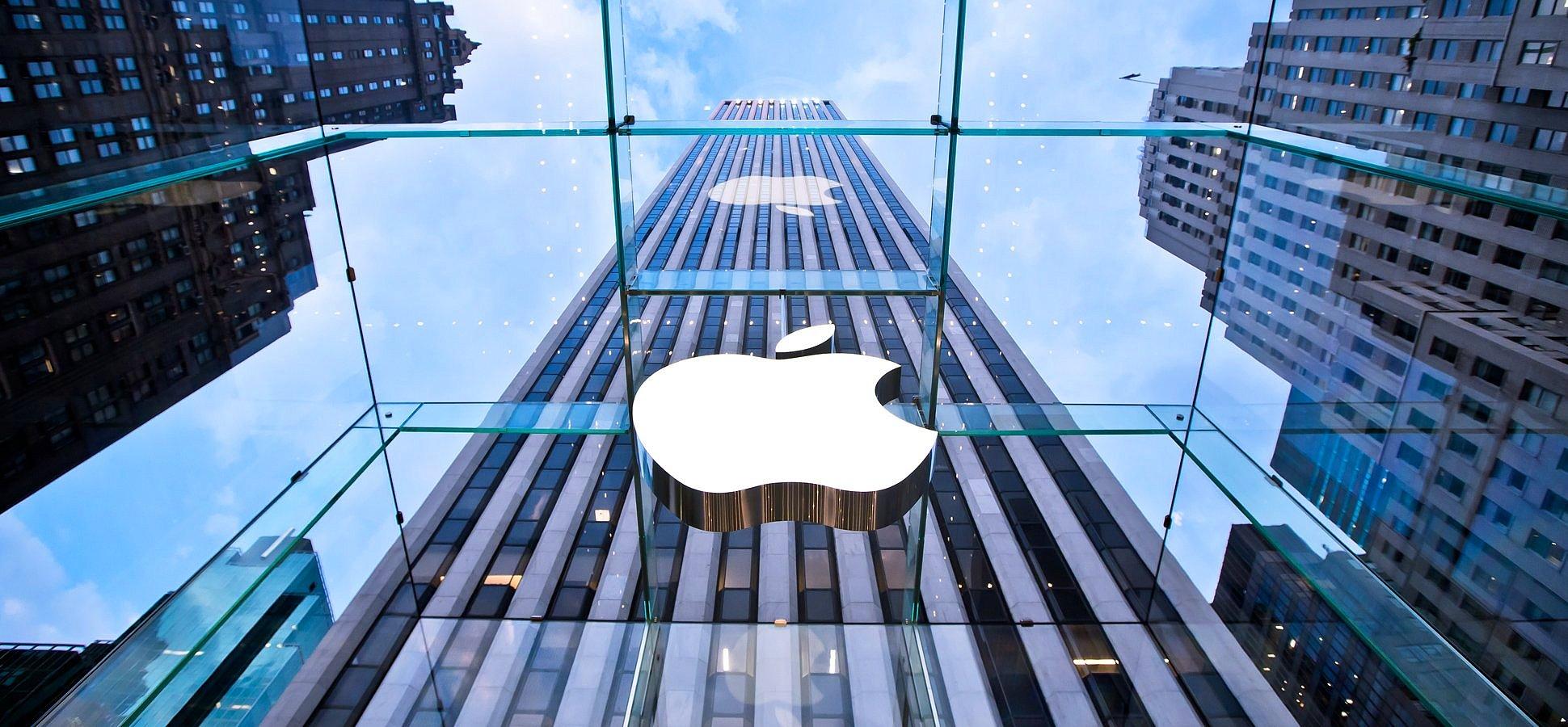
Apple Inc. is a revolution that conquered the world of technology with its monumental ideas, innovation and creativity. Ever since its inception in 1976, Apple has launched several products which took over the market and brought it record breaking sales. However, there is more to Apple than just its iPhones or iPads. Keep reading to find out some lesser known and interesting facts about this tech giant.
Apple Unknown Facts:
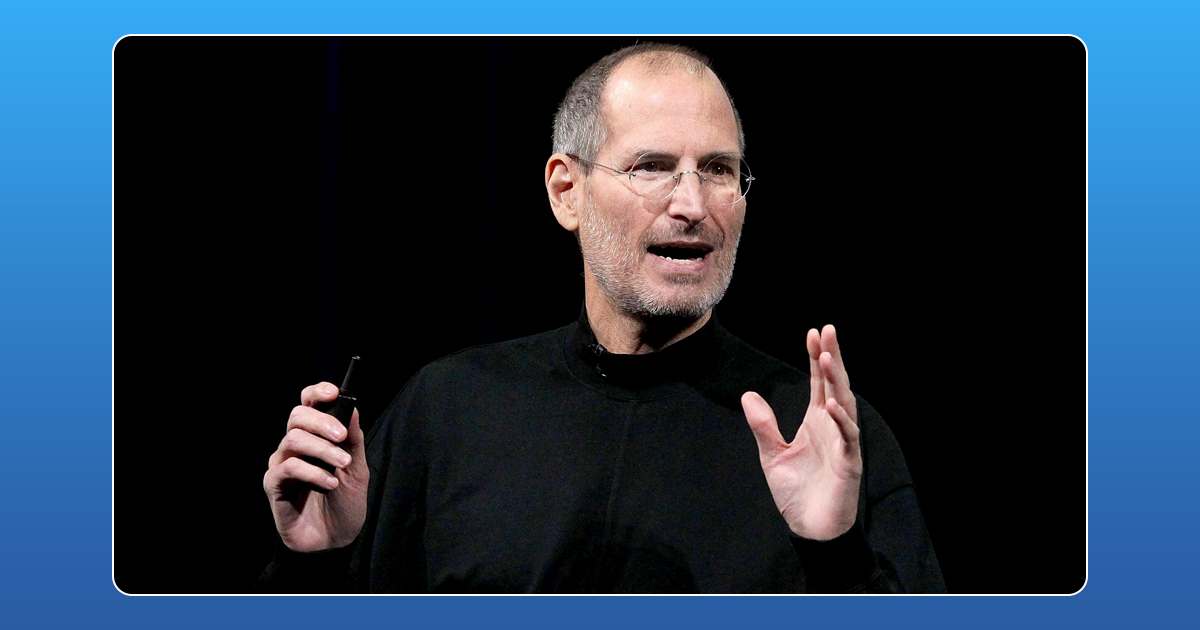
1) We all are aware that Apple was launched on the 1st of April 1976, by Steve Paul Jobs and Steve Woznaik. What we may not know is that Jobs had to sell his Volkswagen and Woznaik had to sell his Hewlett Packard scientific calculator to raise the initial capital for the company.

Picture Credits: www.stuff.co.nz
2) Apple had another founder named Ronald Wayne, who left the company after just 12 days after it was founded.

Picture credits: thenextweb.com
3) The name Apple comes from Steve Jobs’ love for the fruit. People came up with several theories about the name, but in truth it was just the fruit that Jobs’ liked and named the company after that.

www.kiplinger.com
4) Apple is so successful that it has twice the amount as the U.S. Treasury.
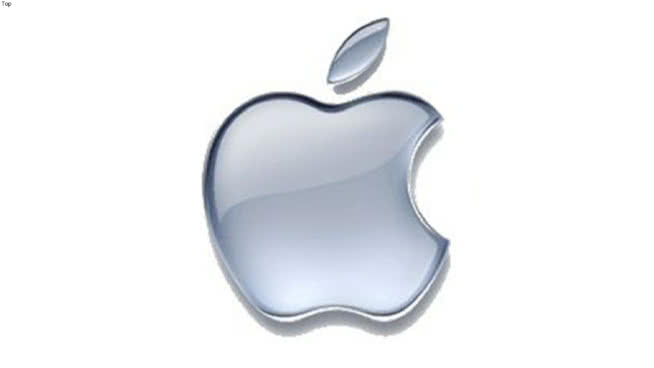
Picture Credits: www.inkbotdesign.com
5) Apple was called Apple Computer Inc., for the first 30 years. It was only in 2007 that the name was changed to Apple Inc. to indicate the company’s expansion in the electronic market.

www.youtube.com
6) Apple’s first computer, Apple 1 was basically just a motherboard without a keyboard, monitor or case.

7) In the year 2018, Apple Inc. became the first ever company to hit the 1 trillion market capitalization mark.

Picture credits: www.wccftech.com
8) Apple has the patent for the slide to unlock feature and it once sued Samsung for infringing its patent.
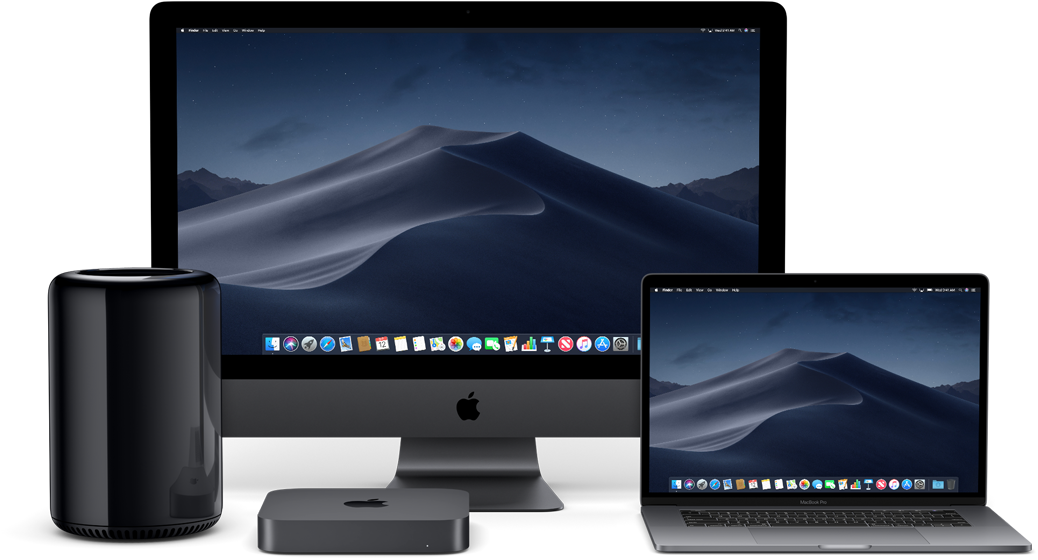
Picture Credits: www.apple.com
9) Apple has a no smoking ban regarding its computers. If you smoke while using an Apple computer, you void the warranty.
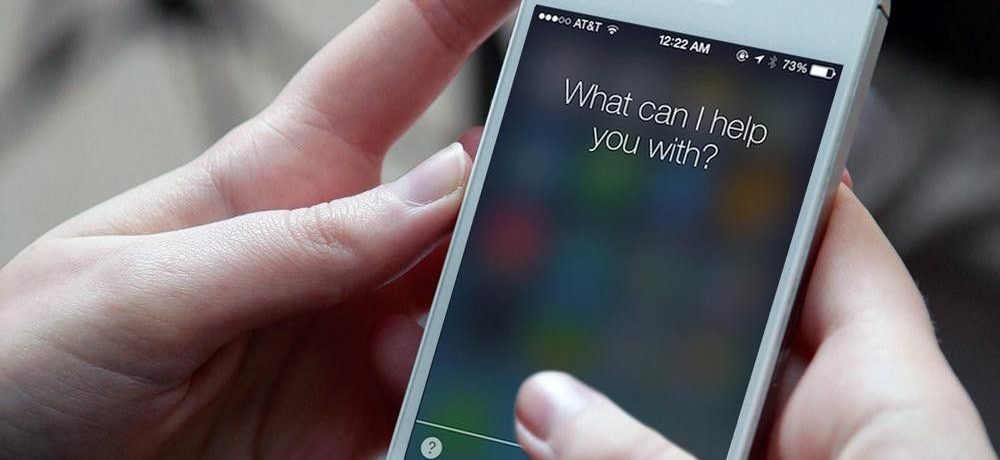
Picture credits: www.wccftech.com
10) Everything you say to Siri will be sent to Apple. Apple analyzes the data and stores it for future developments.
News
Google Launches Startup Hub in Hyderabad to Boost India’s Innovation Ecosystem

Google has launched the Google Startup Hub Hyderabad, a major step in strengthening India’s dynamic startup ecosystem. This new initiative aims to empower entrepreneurs, innovators, and developers by giving them access to Google’s global expertise, mentoring programs, and advanced cloud technology. The hub reflects Google’s mission to fuel India’s digital transformation and promote innovation through the Google for Startups program.
Located in the heart of one of India’s top tech cities, the Google Startup Hub in Hyderabad will host mentorship sessions, training workshops, and networking events designed for early-stage startups. Founders will receive Google Cloud credits, expert guidance in AI, product development, and business scaling, and opportunities to collaborate with Google’s global mentors and investors. This ecosystem aims to help Indian startups grow faster and compete globally.
With Hyderabad already home to tech giants like Google, Microsoft, and Amazon, the launch of the Google Startup Hub Hyderabad further cements the city’s position as a leading innovation and technology hub in India. Backed by a strong talent pool and robust infrastructure, this hub is set to become a growth engine for next-generation startups, driving innovation from India to global markets.
Technology
Jio Unveils Cloud PC Service to Bring Affordable Computing to Indian Households

- Jio Platforms has launched JioPC, a cloud-based virtual desktop service that transforms any television connected to a Jio Set Top Box into a fully functional computer.
- Users simply connect a keyboard and mouse to access a desktop-like environment, complete with web browsing, productivity tools, and educational apps—all without needing a physical PC or extra hardware.
- The service is device-agnostic and works with all consumer PC brands, making advanced computing accessible and affordable for millions across India.
JioPC is designed to support a wide range of activities, from professional work to online learning and creative projects. By leveraging Jio’s robust cloud infrastructure, users can run even compute-intensive AI applications directly from their TV screens. The platform also ensures data security and reliability, as all files and settings are safely stored in the cloud, protecting users from data loss even if their device is reset or replaced.
With JioPC, Jio aims to democratize digital access and bring high-performance computing to Indian households at a fraction of the traditional cost. The service supports popular productivity suites like LibreOffice and Microsoft Office online, and Jio is offering a free trial to encourage users to experience the benefits firsthand. This innovative move is set to reshape how people in India work, learn, and connect in the digital age.
Technology
WhatsApp Introduces Ads in Updates Tab, Keeps Chats Ad-Free
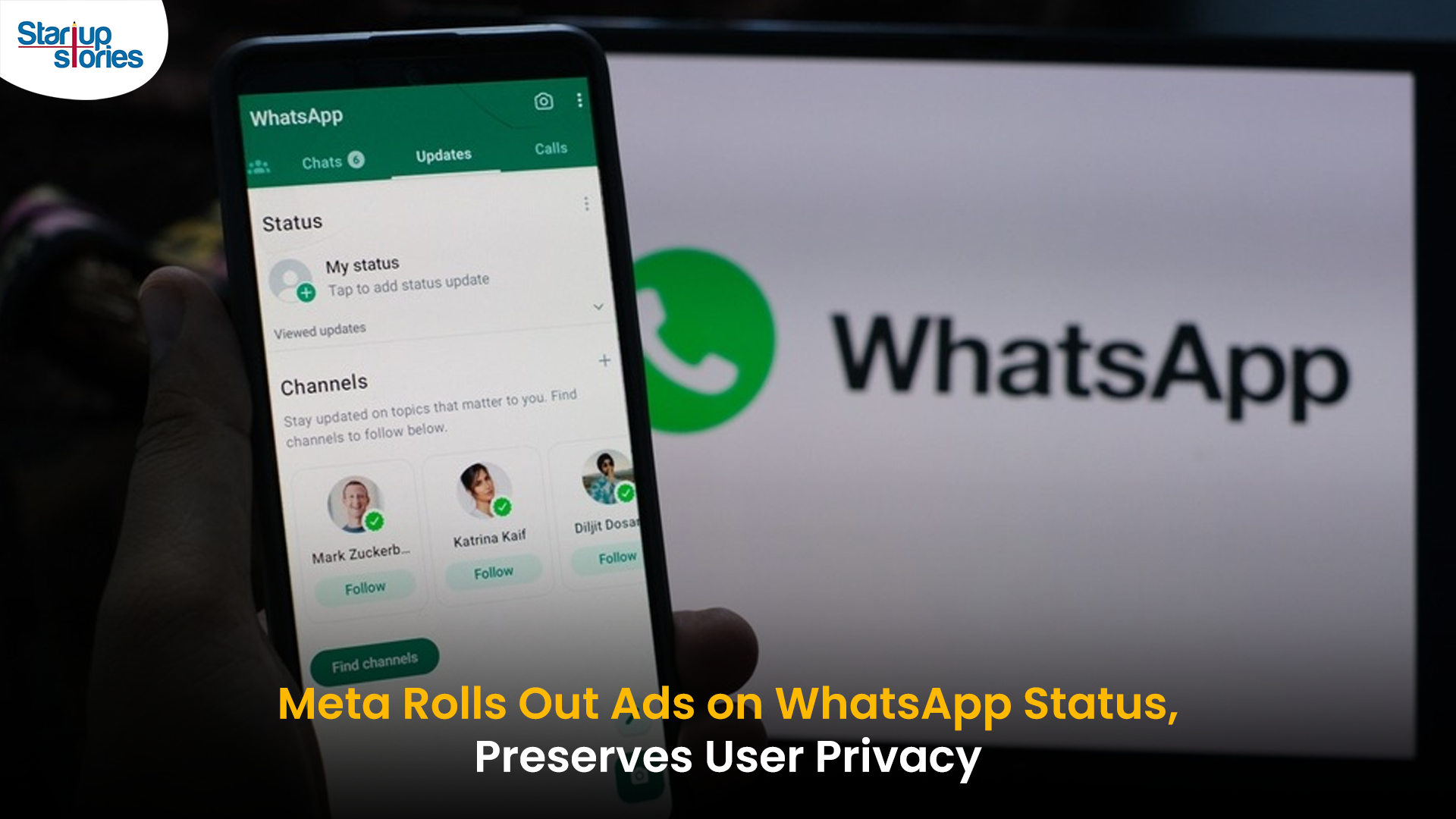
Meta has officially begun rolling out ads on WhatsApp, ending over a decade of an ad-free experience since its acquisition in 2014. The advertisements will appear only in the Updates tab, specifically within the Status feature, which lets users share photos, videos, and text updates that disappear after 24 hours—similar to Instagram Stories.
Where Ads Will Appear
- Ads will be visible exclusively in the Status section of the Updates tab, keeping personal and group chats ad-free.
- Businesses can use these ads to encourage users to interact via WhatsApp messaging.
- Meta is also introducing paid channel subscriptions and promoted channels within the Updates tab, allowing users to access premium content and discover new channels more easily.
Privacy and Targeting
Meta has emphasized that private messages, calls, and group chats will remain end-to-end encrypted and free from advertising. Ads will be personalized using limited, non-sensitive data such as location, language, followed channels, and ad interactions. Users can further manage ad preferences if they link WhatsApp to Meta’s Accounts Center.
User and Business Impact
The move marks a major shift for WhatsApp, which has long resisted advertising to preserve a clean messaging experience. While some users have criticized the change, Meta sees this as a significant opportunity to monetize WhatsApp’s 3 billion users and over 200 million businesses on the platform.
In summary, WhatsApp’s new ads will be confined to the Updates tab, ensuring personal messaging remains private and uninterrupted, while opening new monetization avenues for Meta and businesses.


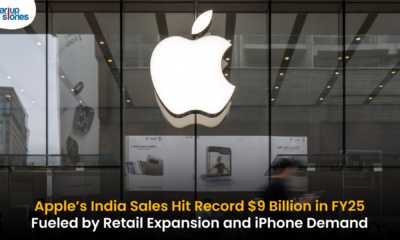

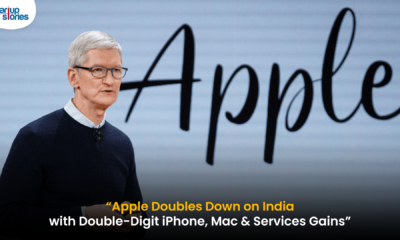









gbu7h
June 7, 2025 at 1:22 am
where to get generic clomiphene no prescription can i buy clomiphene cost cheap clomiphene without rx buy clomiphene no prescription buy clomid without dr prescription where can i get cheap clomiphene pill cost of cheap clomiphene without a prescription
Kuwin
November 5, 2025 at 11:15 pm
kuwin sở hữu kho game đa dạng từ slot đến trò chơi bài đổi thưởng, mang đến cho bạn những giây phút giải trí tuyệt vời.
MM88
November 6, 2025 at 9:43 pm
Với giao diện mượt mà và ưu đãi hấp dẫn, MM88 là lựa chọn lý tưởng cho các tín đồ giải trí trực tuyến.
站群程序
November 7, 2025 at 2:34 pm
采用高效谷歌站群策略,快速提升网站在搜索引擎中的可见性与权重。谷歌站群
谷歌外推
November 10, 2025 at 12:04 am
采用高效谷歌外推策略,快速提升网站在搜索引擎中的可见性与权重。谷歌外推
MM88
November 12, 2025 at 1:20 am
Khám phá thế giới giải trí trực tuyến đỉnh cao tại MM88, nơi mang đến những trải nghiệm cá cược thể thao và casino sống động.
iwin
November 14, 2025 at 7:42 pm
iwin – nền tảng game bài đổi thưởng uy tín, nơi bạn có thể thử vận may và tận hưởng nhiều tựa game hấp
GO88
November 21, 2025 at 12:49 pm
Tham gia cộng đồng game thủ tại Go88 để trải nghiệm các trò chơi bài, poker phổ biến nhất hiện nay.